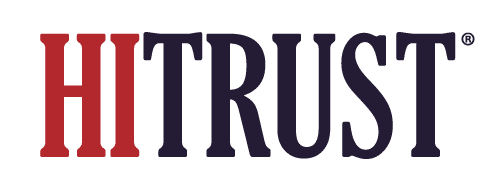
GRC is an integrated approach organizations use to manage and align their business operations with regulations, policies, and objectives.
Understanding GRC
- Governance constitutes the foundation of GRC. It involves establishing robust structures, frameworks, and processes that guide decision-making and ensure organizational accountability. Governance sets the tone for how a company operates, defining roles, responsibilities, and objectives at every level.
- Risk management is proactively identifying, assessing, and mitigating potential risks that could impede an organization's objectives. These risks can vary from financial uncertainties to cybersecurity threats, and effective risk management involves employing strategies to anticipate and counteract these challenges.
- Compliance refers to the adherence to laws, regulations, standards, and internal policies that govern an organization's operations. It encompasses a broad spectrum of requirements and entails keeping abreast of legal mandates and industry best practices.
- What is risk management in relation to healthcare?
- How to develop HIPAA compliance policies and procedures
The importance of GRC
Implementing a robust GRC framework is vital for several reasons:
- Enhanced decision-making: GRC frameworks empower businesses to make informed decisions by providing comprehensive insights into risks, compliance obligations, and governance structures.
- Mitigating risks: Proactive risk management minimizes the impact of potential threats, safeguarding the organization’s operations, reputation, and assets.
- Ensuring compliance: Compliance with many regulations and standards reduces legal liabilities, penalties, and reputational damage.
Components of an Effective GRC Framework
- Policies and procedures: Clearly defined policies and procedures aligned with organizational objectives and regulatory requirements form the backbone of GRC implementation.
- Risk assessment and management: Regular risk assessments help identify potential threats, enabling the implementation of strategies to mitigate them effectively.
- Compliance management: Stay compliant by monitoring evolving regulations and standards.
- Internal controls: Implementing internal controls helps prevent, detect, and mitigate risks while ensuring policy adherence.
- Technology and automation: Leveraging technology and automation tools streamline GRC processes, enhancing efficiency and accuracy.
See also: HIPAA Compliant Email: The Definitive Guide
Implementing GRC effectively
Leadership commitment
Top-level commitment is crucial for successful GRC implementation, ensuring that it permeates through all levels of the organization.
Collaboration across departments
GRC is not solely the responsibility of a single department. Collaboration among various departments is essential to align objectives and efforts.
Regular assessments and adaptability
Continuous evaluation and adaptation of GRC strategies to keep pace with evolving risks and regulatory changes are critical for success.
Employee training and awareness
Educating and involving employees about GRC policies and practices is pivotal to ensuring their compliance and proactive involvement.
GRC in healthcare
The impact of GRC extends from ensuring patient safety and data security to maintaining compliance with stringent regulations and enhancing overall operational efficiency. By effectively implementing GRC strategies, healthcare organizations can navigate complexities, mitigate risks, and uphold their commitment to providing high-quality patient care in a secure and compliant environment.
Subscribe to Paubox Weekly
Every Friday we'll bring you the most important news from Paubox. Our aim is to make you smarter, faster.




